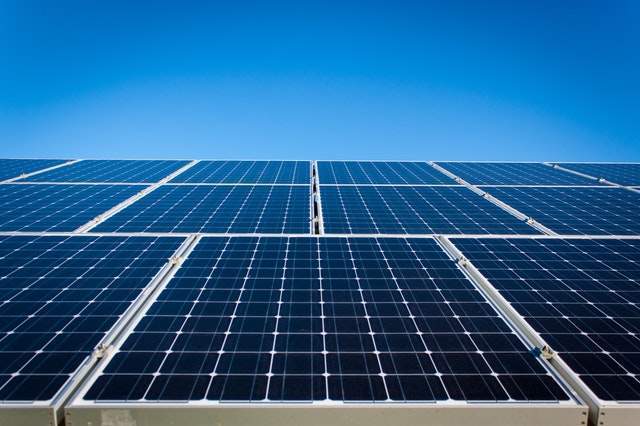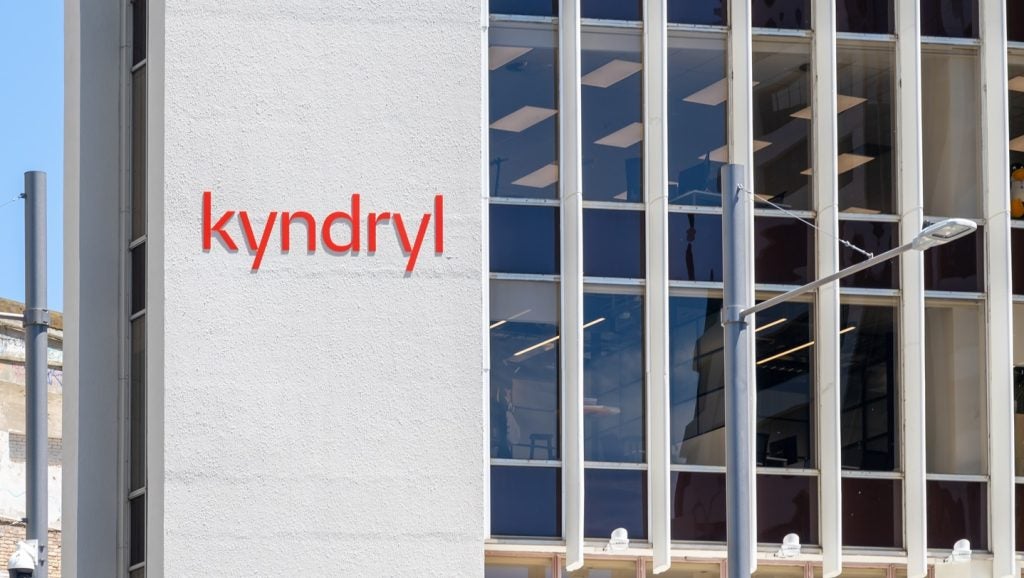
Declining manufacturing costs and increasing public awareness of environmental dangers means that solar is one of the fastest growing sources of renewable energy. Solar capacity has nearly quadrupled over the last five years, rising to nearly 400GW by the end of last year and contributing to nearly 20% of global power growth in 2017. But where are the biggest solar power plants?
The nations pulling ahead in the sunny sector are China and the US, which together make up two-thirds of the global growth in solar power. However, with a spate of planned projects across the globe, the title of ‘largest solar plant’ is never held for long.
Power-technology.com profiles the nine biggest solar power plants in the world by installed capacity.
Kamuthi Solar Power Station, India

The Kamuthi solar facility in Tamil Nadu, India, has a total generation capacity of 648MW. Covering 2,500 acres (10 sq km) and consisting of 2.5 million solar panels, the site is estimated to make enough power for 750,000 people.
Completed in September 2016 at a cost of approximately $679m, the station was built in just eight months.

US Tariffs are shifting - will you react or anticipate?
Don’t let policy changes catch you off guard. Stay proactive with real-time data and expert analysis.
By GlobalDataThe plant is cleaned every day by a robotic system, which is itself charged by its own solar panels.
Longyangxia Dam Solar Park, China

The Longyangxia solar park has a total capacity of 850MW, sufficient to power 200,000 households.
The site sits on the Tibetan Plateau in northwestern China’s Qinghai province and is operated by State Power Investment Corporation, one of China’s top five power generators.
Phase I was completed in 2013 and Phase II was completed in 2015, with a total construction cost of around 6 billion yuan ($920.84m).
Kurnool Ultra Mega Solar Park, India

Kurnool solar park covers 5,932.32 acres (24.0072 sq km) in the Kurnool district, Andhra Pradesh, with a total generating capacity of 1,000MW. Construction costs were around $1bn.
Over four million solar panels were installed in the park, each with a capacity of 315W of 320W.
On sunny days, the site is able to generate more than 8 million kWh of electricity, sufficient to meet virtually the entire electricity demand of the Kurnool district.
Enel Villanueva PV Plant, Mexico

Located in the Mexican state of Coahuila, the photovoltaic (PV) facility comprises over 2.3 million solar panels across 2,400 hectares in the Mexican semiarid region. It will be able to produce more than 1,700GWh per year once fully operational, with completion expected in the second half of 2018.
The Enel Group is investing approximately $650m in the construction of Villanueva. The plant is currently over 41% completed, equivalent to around 310MW.
Tengger Desert Solar Park, China

The Tengger solar park, located in Zhongwei, Ningxia, is currently the largest PV plant in the world in terms of both size and production. Dubbed the ‘Great Wall of Solar’, it covers 1,200km of the 36,700km Tengger desert, occupying 3.2% of the arid region.
The site’s output is 1,547MW of power.
Shakti Sthala Solar Plant, India

The Shakti Sthala solar park spans 13,000 acres across five villages in the drought-prone Pavagada region of Tumkur district. It has a total capacity of 2,000MW.
The Indian Government said in a statement that the first phase of the park will generate 600MW, while a further 1,400MW is expected to be commissioned by the end of this year. The first phase of the project became operational on 1 March this year.
Mohammed bin Rashid Al Maktoum Solar Park, UAE

The Mohammed bin Rashid Al Maktoum Solar Park has a planned capacity of 1,000MW by 2020, and 5,000MW by 2030, which will make it the biggest solar power plant in the world. Upon completion, it is hoped that the park will reduce over 6.5 million tonnes of carbon dioxide emissions annually.
PV and concentrated solar power technologies will be used to provide clean energy to residents of Dubai. The site will also include an Innovation Centre, a Research & Development centre, testing facilities and a solar powered water desalination plant.
Bhadla Industrial Solar Park, India

Bhadla solar farm is spread over 45 sq km in Rajasthan’s Jodhpur district. Once all four phases of the project are completed, the site will be able to produce 2,255MW of electricity. It is due to become operational by December 2019.
Over a million solar panels have already been installed, though only around 15% of the total park is currently operational.
BK Dosi, managing director of the Rajasthan Renewable Energy Corporation Limited, the main developer of the project, said it will be “the jewel of Rajasthan and the showpiece of India’s solar power programme”.
Pavagada Solar Park, India
The Pavagada solar park spreads over 13,000 acres in the Tumkur district, Karnataka, which includes the five villages of Balasamudra, Tirumani, Kyataganacharlu, Vallur and Rayacharlu. The area was chosen due to its high solar radiation and the availability of land, as well as the fact that the region receives very little rainfall.
By the end of 2018, the park is planned to have a total capacity of 2,000MW, with 600MW commissioned by the end of January 2018, and a further 1,400MW planned for this year.
The total investment required to build the site was estimated at $2.2bn.
While this list currently shows the world’s biggest solar power plants, developments in the sector are so rapid that the leading site is never certain for long.







